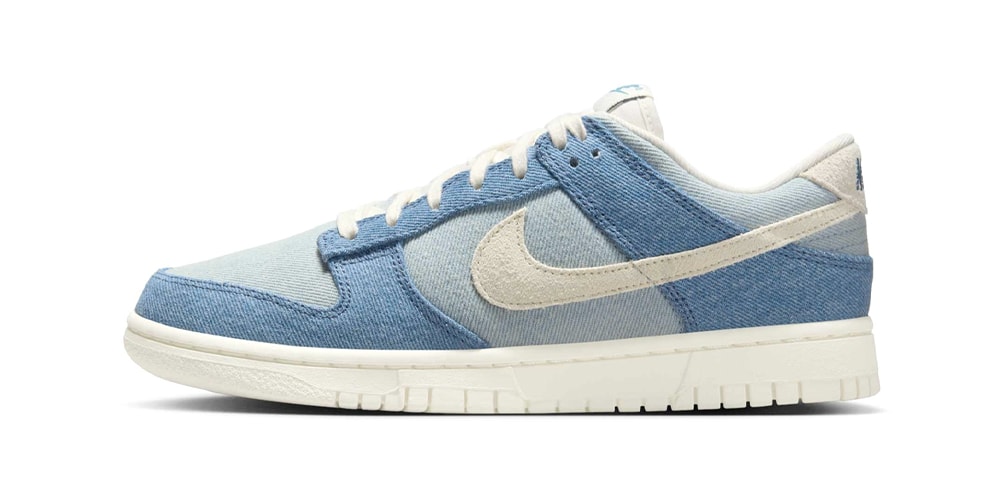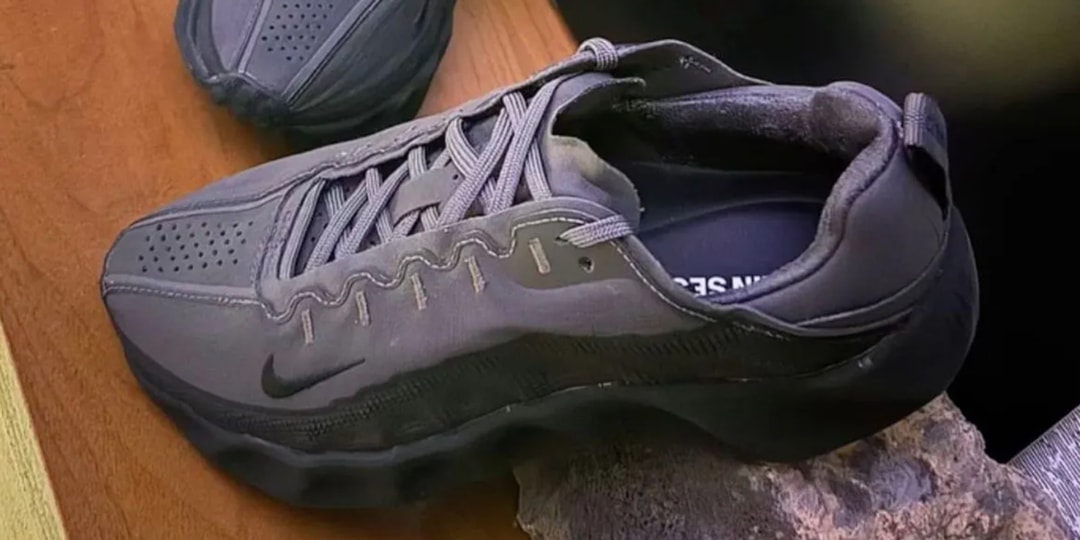Chase’s 5/24 rule: Everything you need to know
Editor’s note: This is a recurring post, regularly updated with new information and offers. In the points and miles world, a mention of the infamous 5/24 rule is sure to follow whenever a Chase card comes up. Essentially, this refers to the unofficial rule that Chase won’t approve a credit card application for someone who …

Editor’s note: This is a recurring post, regularly updated with new information and offers.
In the points and miles world, a mention of the infamous 5/24 rule is sure to follow whenever a Chase card comes up. Essentially, this refers to the unofficial rule that Chase won’t approve a credit card application for someone who has opened five or more new credit cards from any issuer in the past 24 months.
However, without any official published policy from Chase, dissecting the 5/24 rule relies heavily on crowdsourced data. Because of this, some data points are outliers. That being said, here’s what you need to know about Chase’s 5/24 restrictions.
What is the Chase 5/24 rule?
In order to be approved for any Chase card subject to 5/24, you cannot have opened five or more personal credit cards across all banks in the last 24 months (more on business cards in a moment).
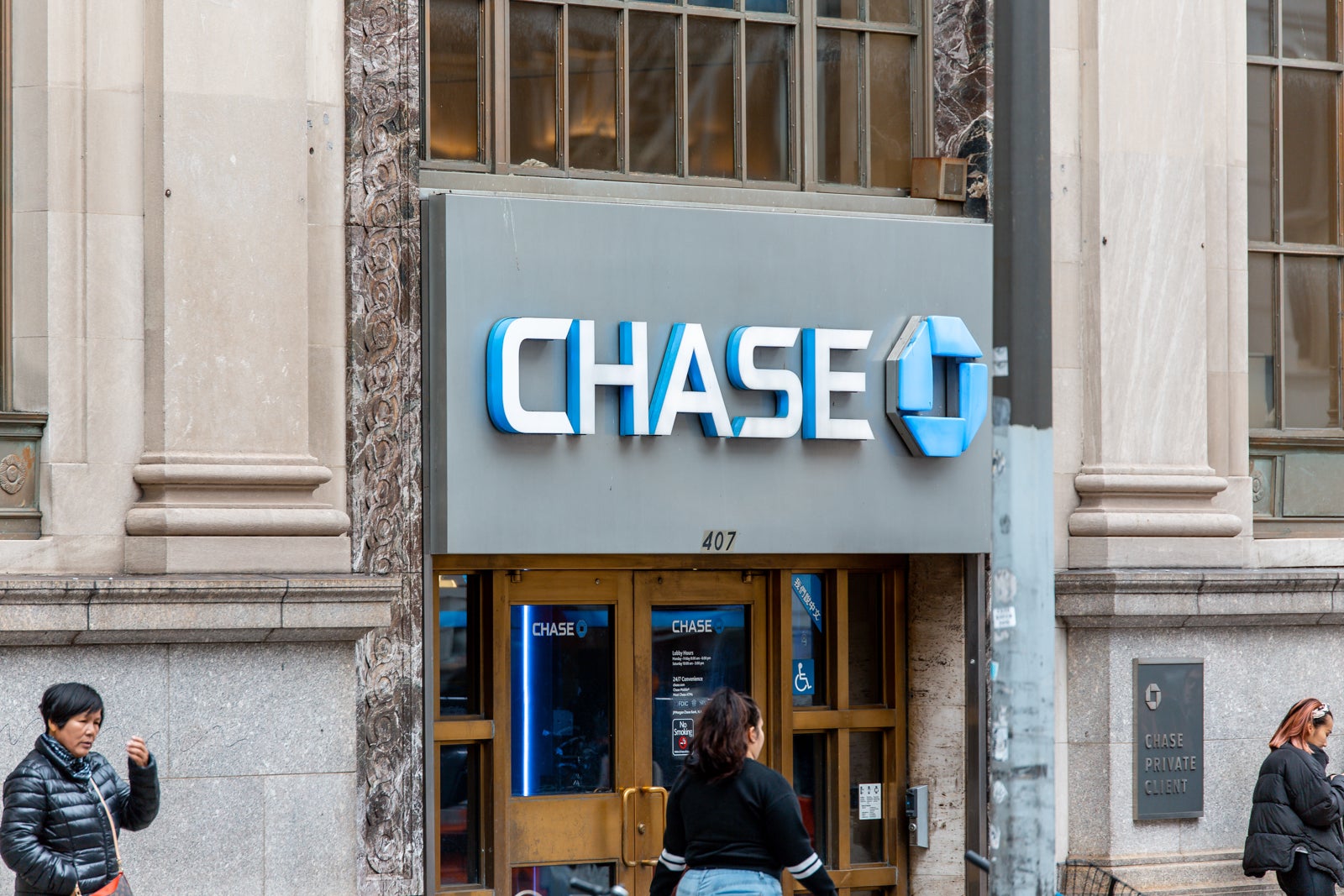
This means you actually need to be under 5/24 to be approved. The 5/24 rule only applies to getting approved for cards issued by Chase, but your 5/24 count includes credit cards from all banks.
Related: The best ways to use your 5/24 slots
Are all Chase cards subject to 5/24?
Most travel cards issued by Chase are subject to 5/24 for approval, including cobranded cards. The following are cards reported to be subject to the 5/24 rule:
- Aeroplan® Credit Card (see rates and fees)
- Aer Lingus Visa Signature® Card*
- British Airways Visa Signature® Card (see rates and fees)
- Chase Freedom Flex® (see rates and fees)
- Chase Freedom Unlimited® (see rates and fees)
- Chase Sapphire Preferred® Card (see rates and fees)
- Chase Sapphire Reserve® (see rates and fees)
- Disney® Premier Visa® Card (see rates and fees)
- Disney® Visa® Card (see rates and fees)
- Iberia Visa Signature® Card*
- IHG One Rewards Premier Business Credit Card (see rates and fees)
- IHG One Rewards Premier Credit Card (see rates and fees)
- IHG One Rewards Traveler Credit Card (see rates and fees)
- Ink Business Cash® Credit Card (see rates and fees)
- Ink Business Preferred® Credit Card (see rates and fees)
- Ink Business Premier® Credit Card (see rates and fees)
- Ink Business Unlimited® Credit Card (see rates and fees)
- Marriott Bonvoy Bold® Credit Card (see rates and fees)
- Marriott Bonvoy Boundless® Credit Card (see rates and fees)
- Marriott Bonvoy Bountiful® Credit Card*
- Prime Visa (see rates and fees)
- Southwest® Rapid Rewards® Performance Business Credit Card (see rates and fees)
- Southwest Rapid Rewards® Plus Credit Card (see rates and fees)
- Southwest® Rapid Rewards® Premier Business Credit Card (see rates and fees)
- Southwest Rapid Rewards® Premier Credit Card*
- Southwest Rapid Rewards® Priority Credit Card (see rates and fees)
- United℠ Business Card (see rates and fees)
- United Club℠ Card (see rates and fees)
- United℠ Explorer Card (see rates and fees)
- United Gateway℠ Card (see rates and fees)
- United Quest℠ Card (see rates and fees)
- World of Hyatt Business Credit Card (see rates and fees)
- World of Hyatt Credit Card (see rates and fees)
*The information for these cards has been collected independently by The Points Guy. The card details on this page have not been reviewed or provided by the card issuer.
Reader reports also indicate that applying for too many Chase cards too quickly can lead to account scrutiny and shutdowns, regardless of your 5/24 status. Some online reports have noted that Chase will not accept you for more than two new accounts within 30 days.
Because of that, a general recommendation is to avoid applying for a new account more frequently than every three or four months.
Remember that 5/24 is not the only factor determining whether your Chase credit card application is approved. Your credit score, income, debt levels and many other variables are also considered.
For business cards, Chase also sometimes requests documentation such as financial statements or articles of organization to show that you have a legitimate business or sole proprietorship.
Related: How to complete a Chase business credit card application
How do I check my 5/24 status?
We’ve found the easiest way to check your 5/24 status is to sign up for Experian’s free credit report service. (Make sure you don’t accidentally sign up for a paid service, unless that’s your intention.)
Using the Experian app, you can view all of your accounts and sort them by the date they were opened. From here, count anything opened within the last 24 months. Chase only looks at whether an account was opened. It doesn’t matter if you’ve since closed it.

According to the most recent data points, you will not technically be below 5/24 until the first day of the 25th month after your fifth account was opened. For example, if your fifth most recent account was opened on Oct. 17, 2023, do not apply for a new card until at least Nov. 1, 2025.
Related: How to calculate your 5/24 standing
What accounts add to your 5/24 status?
The following accounts count toward your 5/24 standing:
- All personal credit cards opened with any bank in the immediate past 24 months (even if they’re now closed).
- Business cards opened with Discover and TD Bank in the past 24 months, plus any Capital One small-business card other than the Capital One Venture X Business and Capital One Spark Cash Plus accounts.
- Authorized user cards from another person’s personal card opened in the past 24 months, as they’re reported on your credit report. However, you can call the Chase reconsideration line and ask that these accounts not be considered.
- Specific store cards opened in the last 24 months that are part of a national payment system and can be used elsewhere. Some data points suggest that even store cards that can only be used at a single establishment also now count. Assume that if it shows up on your credit report, Chase will count it.

The following accounts will not count toward your 5/24 standing:
- Cards for which you applied but were ultimately denied. (Credit inquiries aren’t counted.)
- Small-business cards from the majority of card issuers, with the known exceptions listed above.
- Auto loans, student loans and mortgages.
Related: These business cards can help you stay under Chase’s 5/24 rule
What about card conversions and upgrades?
Depending on how a bank processes a card conversion or upgrade (also known as a product change), it might not be reported as a new account. Before completing an upgrade or product change, ask the bank if a hard credit pull will be completed. In addition, ask if you’ll receive a new account number after the switch.
If the answer to one (or both) of these questions is yes, that could be a sign the account will be considered new and add to your 5/24 standing.
Related: How to downgrade a Chase credit card
Are there active methods to bypass 5/24?
There have been some instances recently where cardholders bypassed the 5/24 rule through targeted “Just for you” offers. To see if you’re targeted, navigate to “Just for you” under “Explore products” in the left-hand menu bar when you’re logged in to your Chase personal account.

If you desperately want a card now and are over 5/24, you can attempt a product change within the Chase Ultimate Rewards card family (assuming you’ve held the card you want to convert for at least a year).
However, unless you’ve been specifically targeted for a bonus to upgrade a card, you will not receive a welcome bonus for any product change.
Related: When should you ignore Chase’s 5/24 rule?
Chase 5/24 FAQ
Can I apply for two Chase cards on the same day when I’m at 4/24 and get approved for both?
Historically, some data points suggested you can apply for two Chase cards on the same day when you’re at 4/24. However, one of the applications may be automatically declined in this case. If you then call the reconsideration line, the agent may see your new (approved) account, and this may make you ineligible for the second one (though you’d still have the second hard inquiry on your account).
In either case, remember that Chase may scrutinize customers applying for credit too quickly. Our recommendation is to only apply for one Chase card at a time.
I applied for a card on the exact day I went below 5/24 and was denied. What can I do?
Wait until the first day of the next month and call the Chase reconsideration line, or reapply after the first day of the next month.
I am at or over 5/24. Can I get a card from another bank?
Yes. Approvals for credit cards issued by banks other than Chase are not affected by your 5/24 score. Of course, each bank does have its own approval criteria.

Do Chase business cards count toward my 5/24 score?
No. If you are approved for a Chase business card, it shouldn’t add to your 5/24 standing. However, you must be below 5/24 to get approved for most Chase business cards.
What if I’m under 5/24 but have authorized user accounts on my credit report that make me appear at (or over) 5/24?
Your application may be outright denied or marked for further review. In either case, you’ll want to call the Chase reconsideration line and note which accounts are authorized user accounts. The agent will likely ask whether you are responsible for these accounts and may approve you if someone else is the primary cardholder. However, this is a manual process, and it may not work.
Instead, consider planning ahead and removing yourself as an authorized user at least a month before submitting your application.
Related: The best cards to get after you hit 5/24
Bottom line
Chase’s 5/24 is a firmly entrenched rule with no signs of disappearing anytime soon. This means you need to be extremely strategic about your application and rewards strategy so you can maximize your five allowed Chase slots.
If you’re starting in the realm of credit card rewards and aren’t close to 5/24, you’ll want to prioritize getting Chase cards first. But remember not to try to fill your five slots with Chase cards too quickly. Take it slow and be smart about which cards you apply for and when you do it.
For additional reading, check out our picks for the best credit cards.
Apply here: Chase Sapphire Preferred
Apply here: Chase Sapphire Reserve






















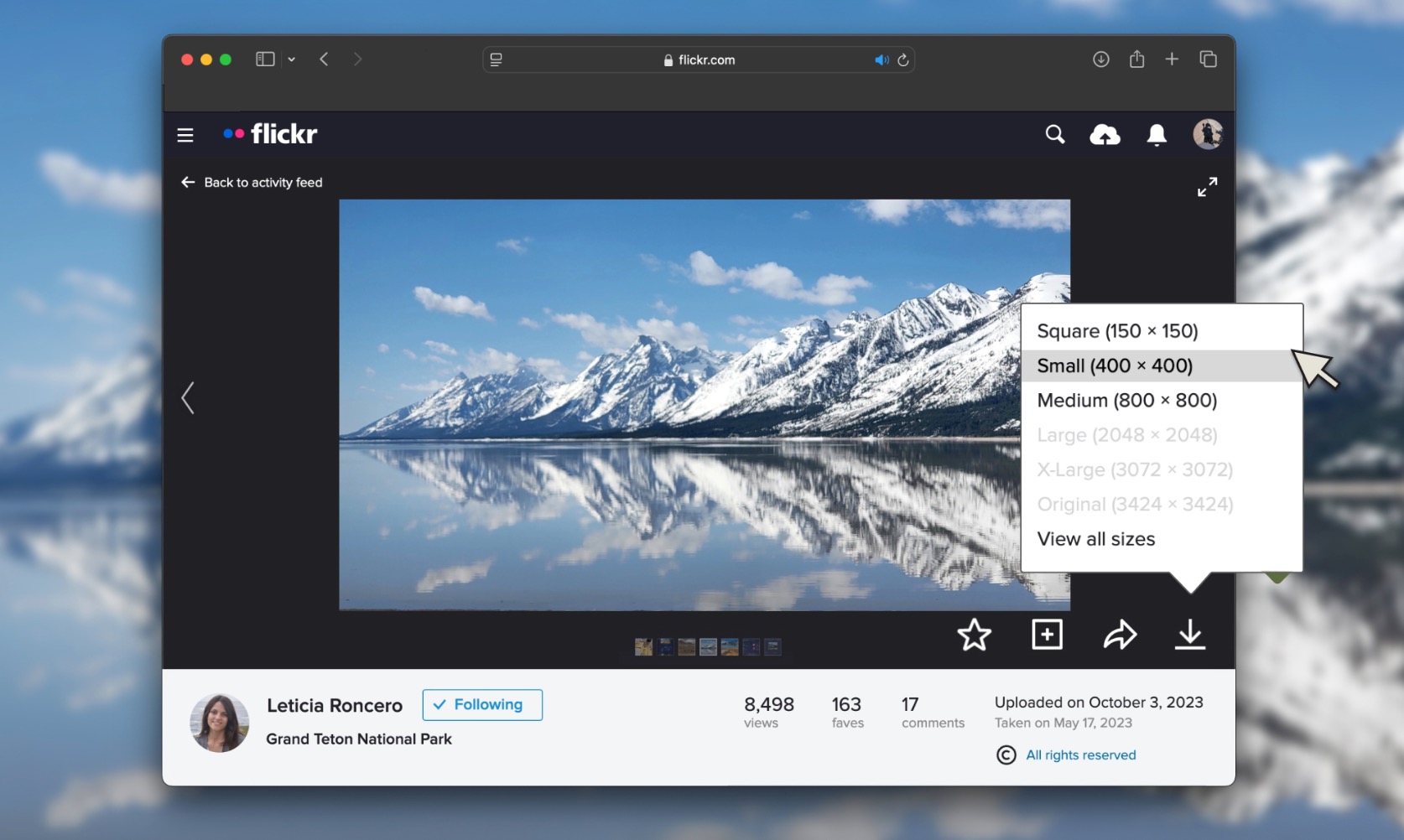
















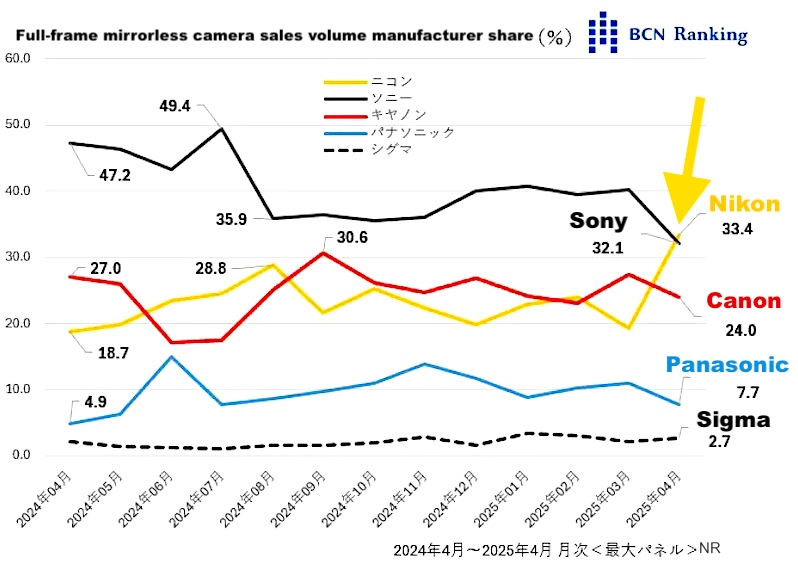

























.png?width=1920&height=1920&fit=bounds&quality=70&format=jpg&auto=webp#)




















































































































